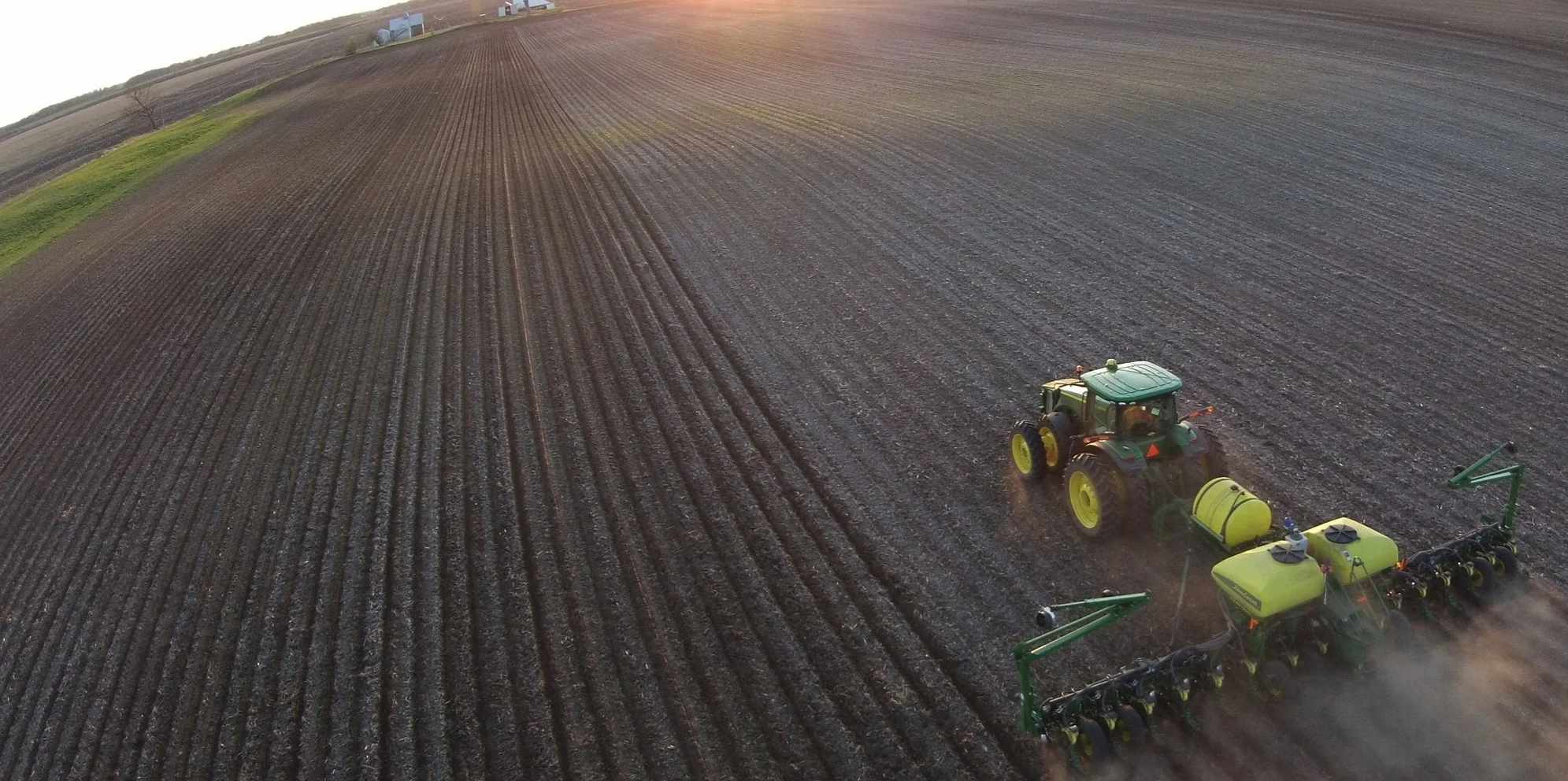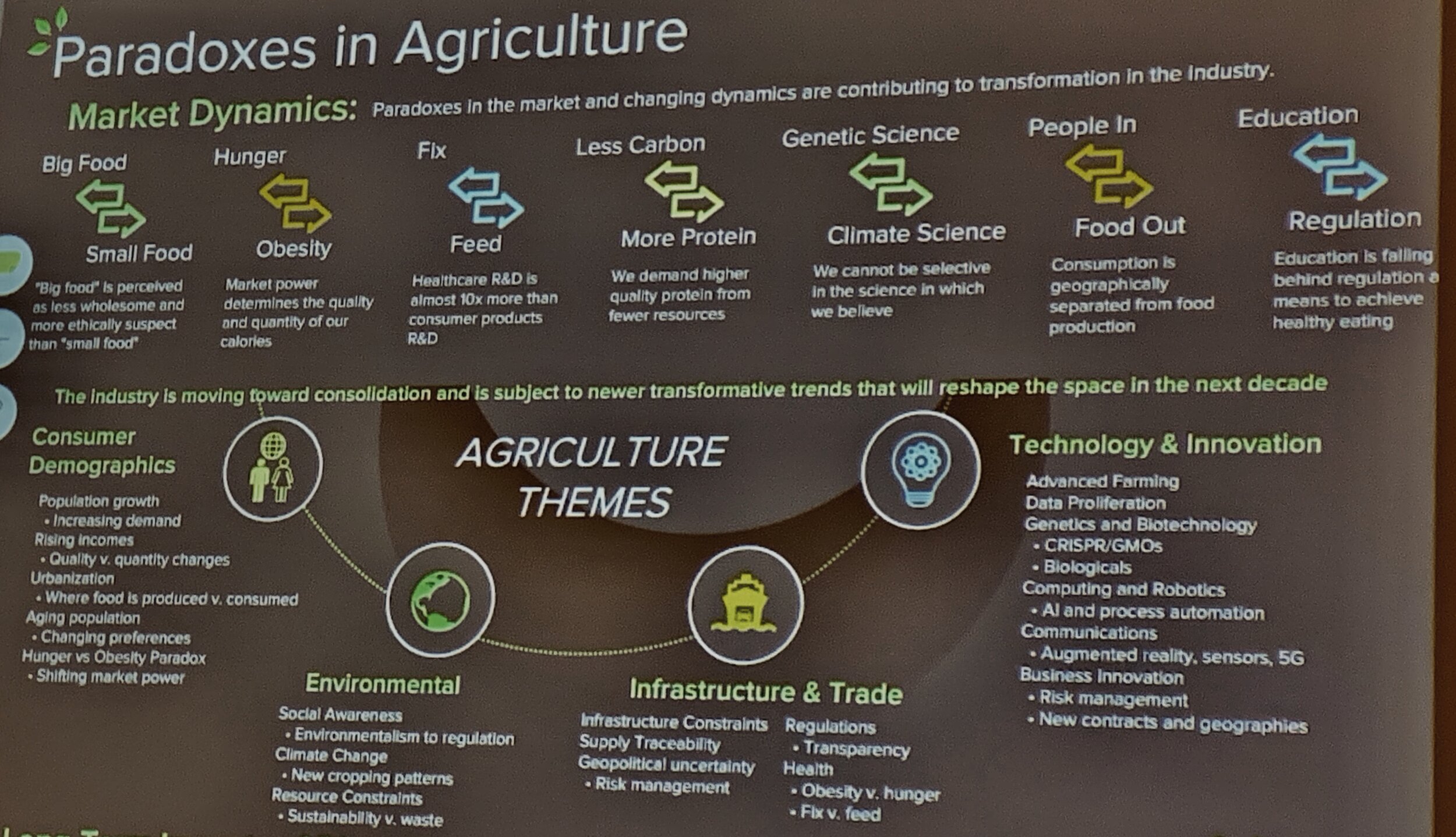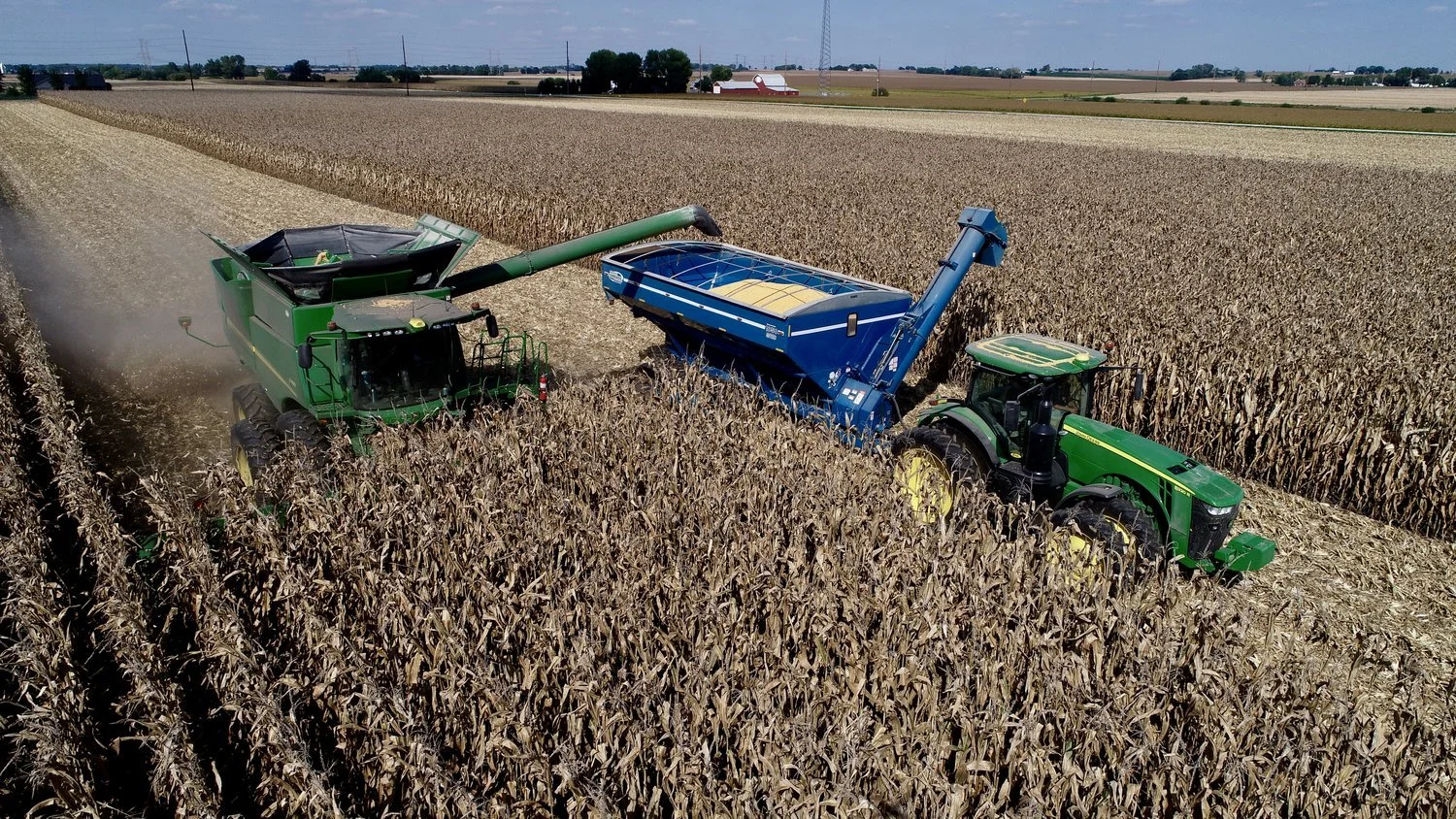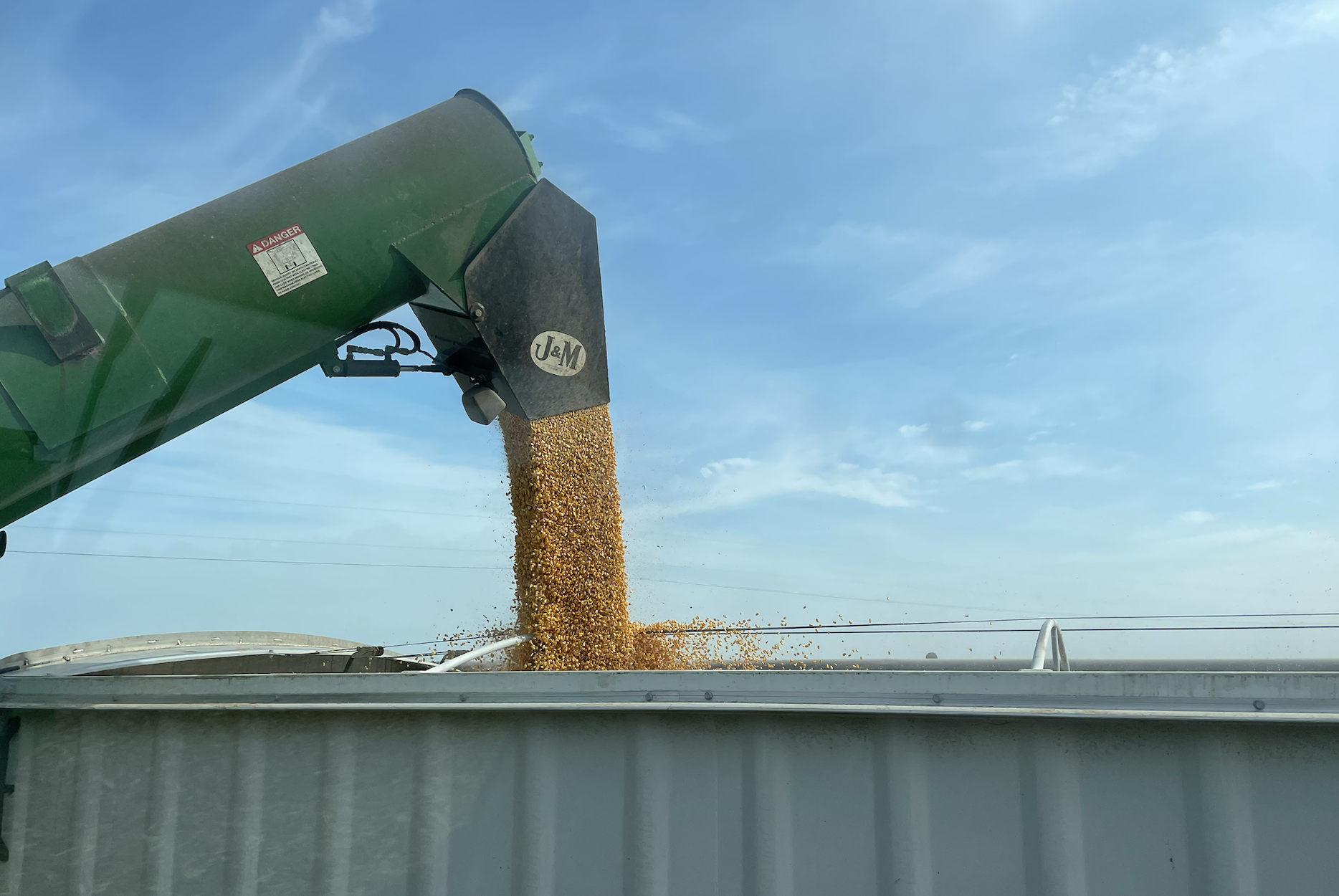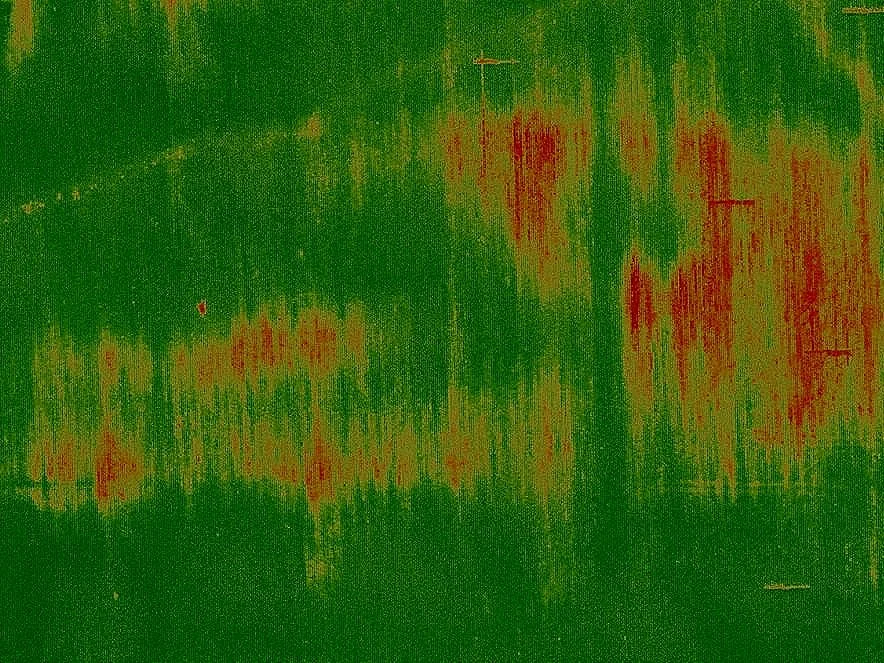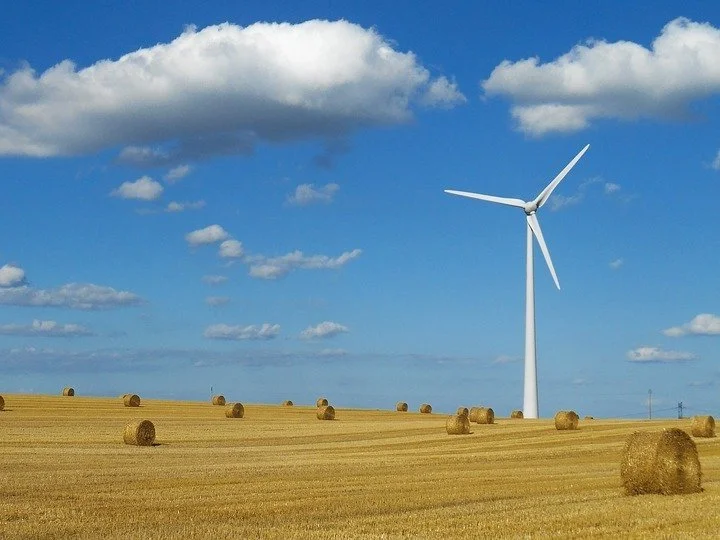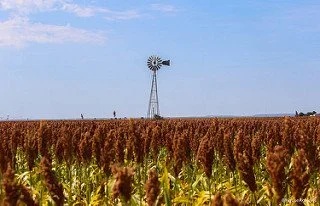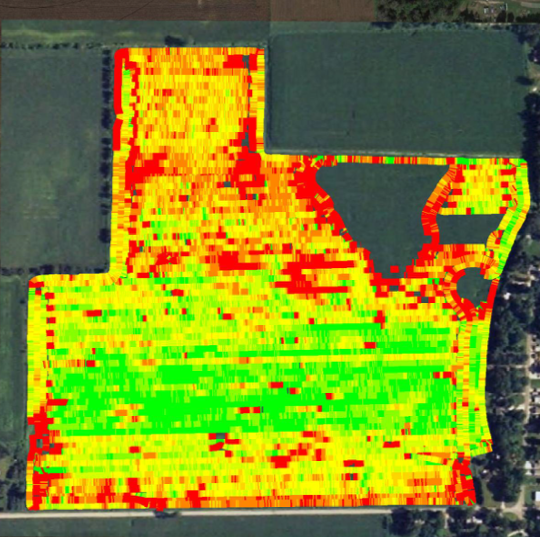Swine Innovation Summit: What you missed.
/Indianapolis hosted the Swine Innovation Summit this week. The event was sponsored by the National Pork Board to lead a discussion on how macro-trends are affecting the swine industry. Livestock tech is often overlooked by entrepreneurs, so here is my summary of the event:
Pork Checkoff 4.0. Any Brudtkuhl from National Pork Board (NPB) began by pointing out that we are now in the beginning of the fourth big agricultural revolution. “Agriculture 4.0” will usher in widespread adoption of big data analytics, artificial intelligence, IoT sensors, robotics and genetic modifications (CRISPR). This coming transformation has driven NPB to adopt a parallel “Checkoff 4.0” strategy. Checkoff 4.0 is built around three converging trends: (1) changing consumer behavior; (2) disruptive business models; and (3) new emerging technologies.
Investment in Livestock Tech. John Hartnett and Mareese Keane from SVG Ventures provided a macro-view of investment in ag tech. Although billions of venture capital (VC) dollars have been flowing into ag tech in the past few years, livestock tech has not been one of the major recipients. That is slowly changing as more VC firms are waking up to the promise of livestock tech. This means there is tremendous opportunity for new ideas and entrepreneurs in this segment.
Overcoming Manure Challenges. Livestock Water Recycling (LWR) is a company that is developing technologies to address the challenges of manure handling, storage, and application. LWR has developed a treatment system that separates out the components of manure, creating products that can be used as nutrients and potable water. One side-effect of the system is a substantial reduction in odor, as the bacteria that create odor are filtered out of the manure shortly after production. The LWR system is currently being tested on two hog farms in the United States, with promising results.
Big Picture Trends. E&Y’s Rob Dongoskiprovided his observations about macro-trends in the livestock industry. Many of these trends are well known to producers, but some are surprising. The modern agricultural industry deals with a number of paradoxes today. Hunger persists together with record obesity. People want ag production to reduce its carbon footprint while increasing protein production. Although farmers accept scientific consensus on GMOs, many farmers reject scientific consensus on climate change. People continue to leave rural areas to live in cities, but they also want to influence those that decided to stay on the farm. And although we are seeing a strong desire for more local foods, large retailers are taking control of their supply chains, sometimes forcing the opposite result. For example, Costco is building its own poultry supply chain, from the farm to the store.
Blockchain. Raja Ramachandran, CEO of Ripe.io, explained how blockchain is changing food traceability and efficiency. Ramachandran described blockchain as a “multi-tab spreadsheet,” accessible by multiple parties. At its core, it is a database technology. Ramachandran sees three reasons a supplier would adopt blockchain: (1) to increase food confidence; (2) to build brand identity; and (3) to digitize food business models. Blockchain is not a solution to every food supply problem. But where it works, blockchain provides intelligence about the food supply chain leading to greater efficiencies. Ramachandran gets two thumbs up from me for making blockchain easy to understand and not over-promising on what blockchain can do.
Startups. The day ended with five swine-focused ag tech startups being given approximately 5 minutes to pitch their ideas and visions to NPB members. After the pitch, the startup CEOs were peppered with questions from NPB members (who were also hog farmers). The five startups were: Teichos, BinSentry, Swinetech, Hogwash, and ProteoSense. Links to these companies can be found here: Thrive Agrifood
Overall, I thought the first Swine Innovation Summit was a huge success. The audience appeared to be a mix of hog producers, entrepreneurs, and swine integrators. The sessions were informative (not just panels answering softball-lobbed questions). If you are wanting an entrance into ag tech, I suggest you look at livestock tech. My impression is that there are a lot of opportunities here.

